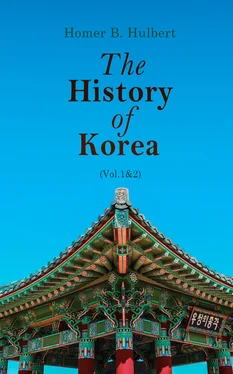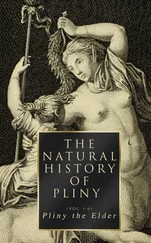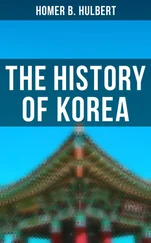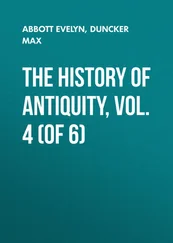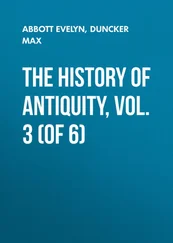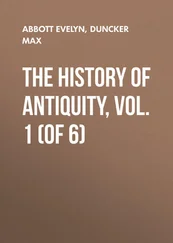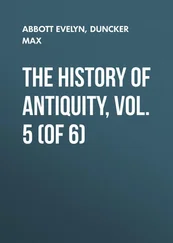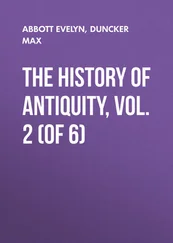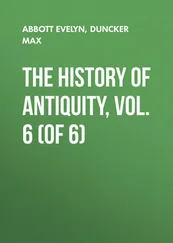This was the Tan-gun, “The Lord of the Pak-tal Tree.” He is also, but less widely, known as Wang-gŭm. At that time Korea and the territory immediately north was peopled by the “nine wild tribes” commonly called the Ku-i . Tradition names them respectively the Kyŭn, Pang, Whang, Făk, Chŭk, Hyŭn, P‘ung, Yang and U. These, we are told, were the aborigines, and were fond of drinking, dancing and singing. They dressed in a fabric of woven grass and their food was the natural fruits of the earth, such as nuts, roots, fruits and berries. In summer they lived beneath the trees and in winter they lived in a rudely covered hole in the ground. When the Tan-gun became their king he taught them the relation of king and subject, the rite of marriage, the art of cooking and the science of house building. He taught them to bind up the hair by tying a cloth about the head. He taught them to cut down trees and till fields.
The Tan-gun made P‘yŭng-yang the capital of his kingdom and there, tradition says, he reigned until the coming of Ki-ja, 1122 B.C. If any credence can be given this tradition it will be by supposing that the word Tan-gun refers to a line of native chieftains who may have antedated the coming of Ki-ja.
It is said that, upon the arrival of Ki-ja, the Tan-gun retired to Ku-wŭl San (in pure Korean A-sa-dal) in the present town of Mun-wha, Whang-hă Province, where he resumed his spirit form and disappeared forever from the earth. His wife was a woman of Pi-sŏ-ap, whose location is unknown. As to the size of the Tan-gun’s kingdom, it is generally believed that it extended from the vicinity of the present town of Mun-gyŭng on the south to the Heuk-yong River on the north, and from the Japan Sea on the east to Yo-ha (now Sŭng-gyŭng) on the west.
As to the events of the Tan-gun’s reign even tradition tells us very little. We learn that in 2265 B.C. the Tan-gun first offered sacrifice at Hyŭl-gu on the island of Kang-wha. For this purpose he built an altar on Mari San which remains to this day. We read that when the great Ha-u-si (The Great Yü), who drained off the waters which covered the interior of China, called to his court at To-san all the vassal kings, the Tan-gun sent his son, Pu-ru, as an envoy. This was supposed to be in 2187 B.C. Another work affirms that when Ki-ja came to Korea Pu-ru fled northward and founded the kingdom of North Pu-yŭ, which at a later date moved to Ka-yŭp-wŭn, and became Eastern Pu-yŭ. These stories show such enormous discrepancies in dates that they are alike incredible, and yet it may be that the latter story has some basis in fact, at any rate it gives us our only clue to the founding of the Kingdom of Pu-yŭ.
Late in the Tan-gun dynasty there was a minister named P‘ăng-o who is said to have had as his special charge the making of roads and the care of drainage. One authority says that the Emperor of China ordered P‘ăng-o to cut a road between Ye-măk, an eastern tribe, and Cho-sŭn. From this we see that the word Cho-sŭn, according to some authorities, antedates the coming of Ki-ja.
The remains of the Tan-gun dynasty, while not numerous, are interesting. On the island of Kang-wha, on the top of Mari San, is a stone platform or altar known as the “Tan-gun’s Altar,” and, as before said, it is popularly believed to have been used by the Tan-gun four thousand years ago. It is called also the Ch’am-sŭng Altar. On Chŭn-dung San is a fortress called Sam-nang which is believed to have been built by the Tan-gun’s three sons. The town of Ch’un-ch’ŭn, fifty miles east of Seoul, seems to have been an important place during this period. It was known as U-su-ju, or “Ox-hair Town,” and there is a curious confirmation of this tradition in the fact that in the vicinity there is today a plot of ground called the U-du-bol, or “Ox-head Plain.” A stone tablet to P’ang-o isP’ang-o is erected there. At Mun-wha there is a shrine to the Korean trinity, Whan-in, Whan-ung and Tan-gun. Though the Tan-gun resumed the spirit form, his grave is shown in Kang-dong and is 410 feet in circumference.
Table of Contents
Ki-ja … striking character … origin … corrupt Chu … story of Tal-geui. … Shang dynasty falls. … Ki-ja departs … route … destination … allegience to China … condition of Korea. … Ki-ja’s companions … reforms … evidences of genius … arguments against Korean theory … details of history meager. … Cho-sun sides against China … delimitation of Cho-sun … peace with Tsin dynasty. … Wi-man finds asylum … betrays Cho-sun. … Ki-jun’s flight.
Without doubt the most striking character in Korean history is the sage Ki-ja, not only because of his connection with its early history but because of the striking contrast between him and his whole environmentenvironment. The singular wisdom which he displayed is vouched for not in the euphemistic language of a prejudiced historian but by what we can read between the lines, of which the historian was unconscious.
The Shang, or Yin, dynasty of China began 1766 B.C. Its twenty-fifth representative was the Emperor Wu-yi whose second son, Li, was the father of Ki-ja. His family name was Cha and his surname Su-yu, but he is also known by the name Sö-yŭ. The word Ki-ja is a title meaning “Lord of Ki,” which we may imagine to be the feudal domain of the family. The Emperor Chu, the “Nero of China” and the last of the dynasty, was the grandson of Emperor T’ă-jŭng and a second cousin of Ki-ja, but the latter is usually spoken of as his uncle. Pi-gan, Mi-ja and Ki-ja formed the advisory board to this corrupt emperor.
All that Chinese histories have to say by way of censure against the hideous debaucheries of this emperor is repeated in the Korean histories; his infatuation with the beautiful concubine, Tal-geui; his compliance with her every whim; his making a pond of wine in which he placed an island of meat and compelled nude men and women to walk about it, his torture of innocent men at her request by tying them to heated brazen pillars. All this is told in the Korean annals, but they go still deeper into the dark problem of Tal-geui’s character and profess to solve it. The legend, as given by Korean traditiontradition, is as follows.
The concubine Tal-geui was wonderfully beautiful, but surpassingly so when she smiled. At such times the person upon whom she smiled was fascinated as by a serpent and was forced to comply with whatever request she made. Pondering upon this, Pi-gan decided that she must be a fox in human shape, for it is well known that if an animal tastes of water that has lain for twenty years in a human skull it will acquire the power to assume the human shape at will. He set inquiries on foot and soon discovered that she made a monthly visit to a certain mountain which she always ascended alone leaving her train of attendants at the foot. Armed detectives were put on her track and, following her unperceived, they saw her enter a cave near the summit of the mountain. She presently emerged, accompanied by a pack of foxes who leaped about her and fawned upon her in evident delight. When she left, the spies entered and put the foxes to the sword, cutting from each dead body the piece of white fur which is always found on the breast of the fox. When Tal-geui met the emperor some days later and saw him dressed in a sumptuous white fur robe she shuddered but did not as yet guess the truth. A month later, however, it became plain to her when she entered the mountain cave and beheld the festering remains of her kindred.
On her way home she planned her revenge. Adorning herself in all her finery, she entered the imperial presence and exerted her power of fascination to the utmost. When the net had been well woven about the royal dupe, she said,she said,
“I hear that there are seven orifices in the heart of every good man. I fain would put it to the test.”
Читать дальше
